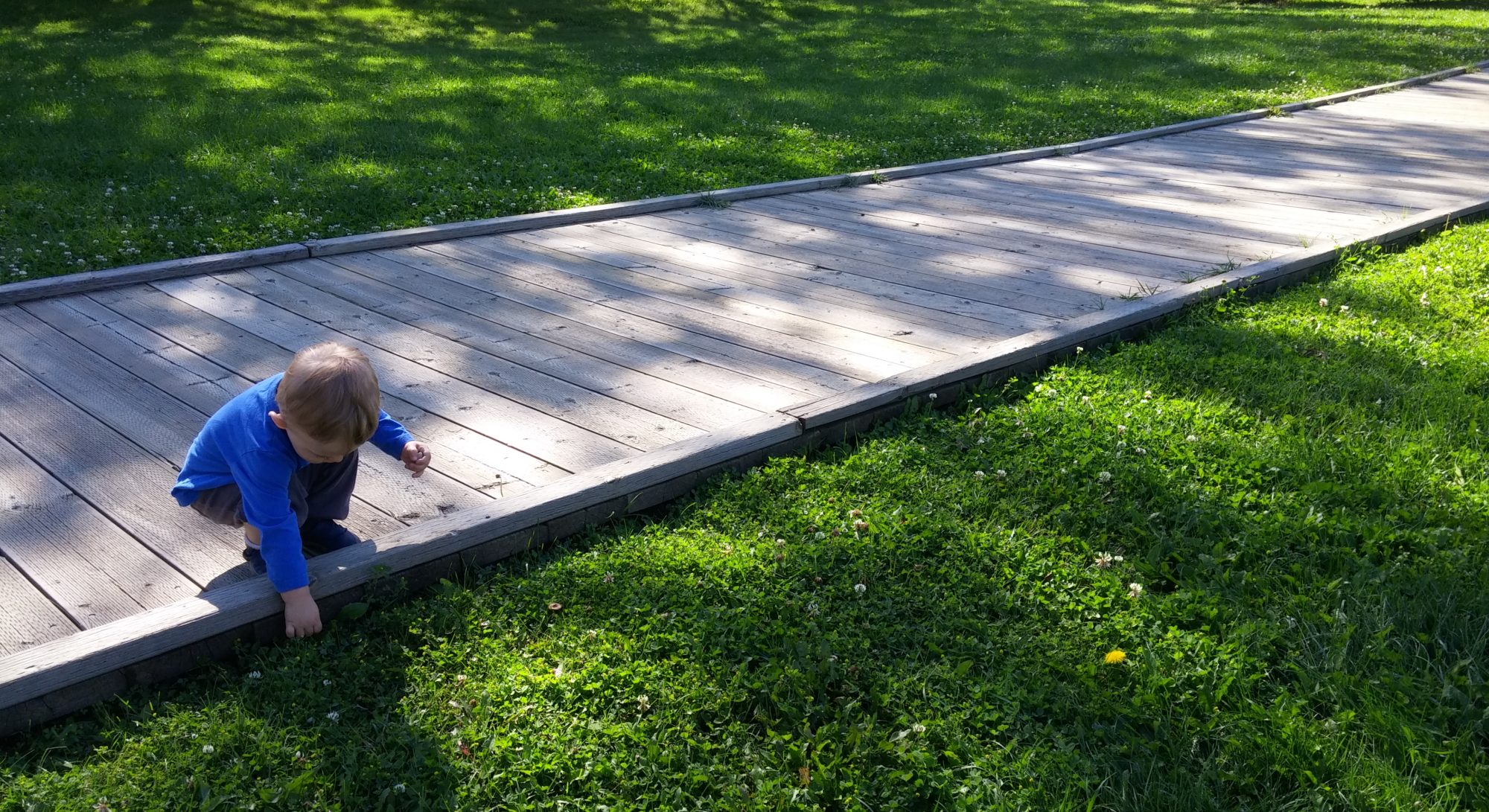If you’re like most Windows users that I know, every so often, you see something called OneNote pop up on your screen and then, muttering to yourself, you reflexively close it. If you’re like a much smaller percentage of windows users, maybe you’ve gone so far as to actually open the program, look around for a few minutes and then dismissively close it. This was my reaction to OneNote until the desperation and necessity of solving a work problem led me to look for solutions in unorthodox places.
Windows advertises this software as a “digital note-taking app” which is true, but it is really much more powerful than that. The greatest benefit of this software, as far as I can see, is its flexibility and adaptability. This is also likely the reason why many people fail to explore it too deeply. Initially, the software is just raw potential and it takes a little effort on the part of the user to define how that potential should be directed.
I am a second-generation yellow sticky-note fanatic. As a child I remember Mom’s daily organizer, always at hand, bursting with yellow paper. Our fridge was highlighted with yellow grocery lists and reminders. Food containers in the fridge might have a yellow note stuck on top describing their contents. The computer desk was well stocked with many of these invaluable slips too. Growing up in such an environment, it was inevitable that I would adopt the habit myself. After all, they are tremendously useful because they’re so versatile. These days I find less and less of these notes around. Though there are two in front of me right now as I sit and type this, in the past, there might have been dozens. Much of what these notes used to do has now been migrated over to OneNote.
Today, I’ll describe the basic way that I use OneNote on a daily basis because it’s a simple way to get used to how the program is organized. If you have 20 minutes to spare to become acquainted with the software here’s a link to a good introduction that I found on YouTube.
There are a few things that you’ll need to know to get started; when you use OneNote for the first time, you’ll have to create and Name a notebook. The notebook can then be subdivided into sections, and the sections can be subdivided into pages. My main notebook that I use is called “Personal” so that I can distinguish between it and the other notebook that I access most frequently “Work”. Using OneNote at work has been an absolute lifesaver. The details deserve a post of their own which I will cover on another day. Within the “Personal” notebook, I have created a section called “Notes for the day” another section called “To Do”, and another called “Books”.
If you have a smartphone, I strongly recommend downloading the app so that you can sync your notebook between your devices. The more access you have to your notes, the more useful this will be.
Inside the “Notes for the day” section is where I collect just about everything that crosses my mind that I do not want to forget. I use this as a default location that I sort out at the end of the day. For short notes, I type whatever I need to onto the blank page. For longer thoughts, more complex ideas, or when it’s just not convenient to type, there is a microphone icon that allows you to record audio notes. This is an excellent way to grab ahold of interesting ideas that may have otherwise escaped your attention.
I keep the “To Do” section separate from my other sections because I like it to be clear, concise, and include check boxes that allow me to easily indicate when a task is complete. A lot of satisfaction can come from organizing a To Do list in the morning and checking your way through it as you go about the day.
Through routine use, I found that my “Notes for the day” had book titles in it nearly every day. Because of that, it made sense for me to dedicate a section to them in order to save some sorting time at the end of the day.
If you find that you’re struggling to stay organized, or you just feel like you may be able to improve your current system, it really is worth taking a look at this program.
